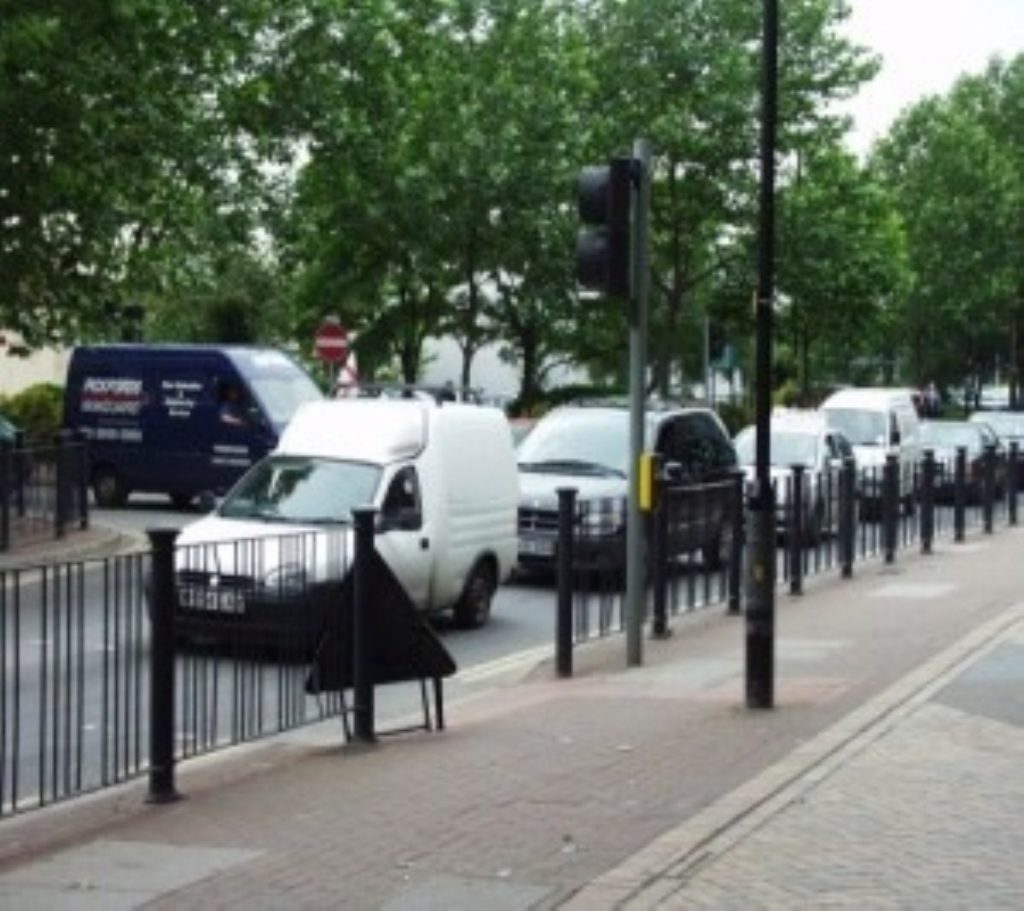Drivers could face 20mph limit in all towns
Speed limits on residential roads should be reduced to 20mph, according to the latest research from the Health Development Agency.
The HDA’s report suggests that such a measure would reduce children’s deaths and injuries by 67% – that could mean saving as many as 13,000 children every year from death or serious injury.
Road injuries are responsible for 20% of all deaths of children in England, and 2,828 child pedestrians were killed or seriously injured last year.
This report, published to coincide with the HDA’s first national conference on health inequalities, has also shown that children from poorer social classes are at a disproportionately higher risk of accidental death and injury. The death rate for pedestrian accidents is five times higher for children from the lowest social class compared to those from the highest social class.


HDA chief executive Paul Streets commented: “It’s shocking that in 21st century England, children are more likely to die because of the social class they are born into. The difference in road injury rates between poor and rich children is a stark and unacceptable example of health inequality.’
The call for 20mph speed restrictions in built-up areas – supported by evidence from the Accidental Injury Task Force and the IPPR – has been matched by calls for better enforcement of speed limits.
That could mean more speed cameras, but critics have claimed that such measures can actually cause accidents. The campaign group Safe Speed has claimed that constantly checking a speedometer and looking for speed cameras and signs actually distracts drivers from observing genuine hazards.
The group has also claimed that anti-speed campaigns are often misleading. One of the HDA’s key claims to support lower speed limits is that one in 20 child pedestrians is killed when hit at 20mph, but at 40mph this rises to 17 in 20. However, Safe Speed maintains that very few accidents happen at free-travelling speeds, so that the speed at impact is rarely the speed at which the motorist was driving.
However, road safety campaigners have welcomed the HDA’s suggestion.












